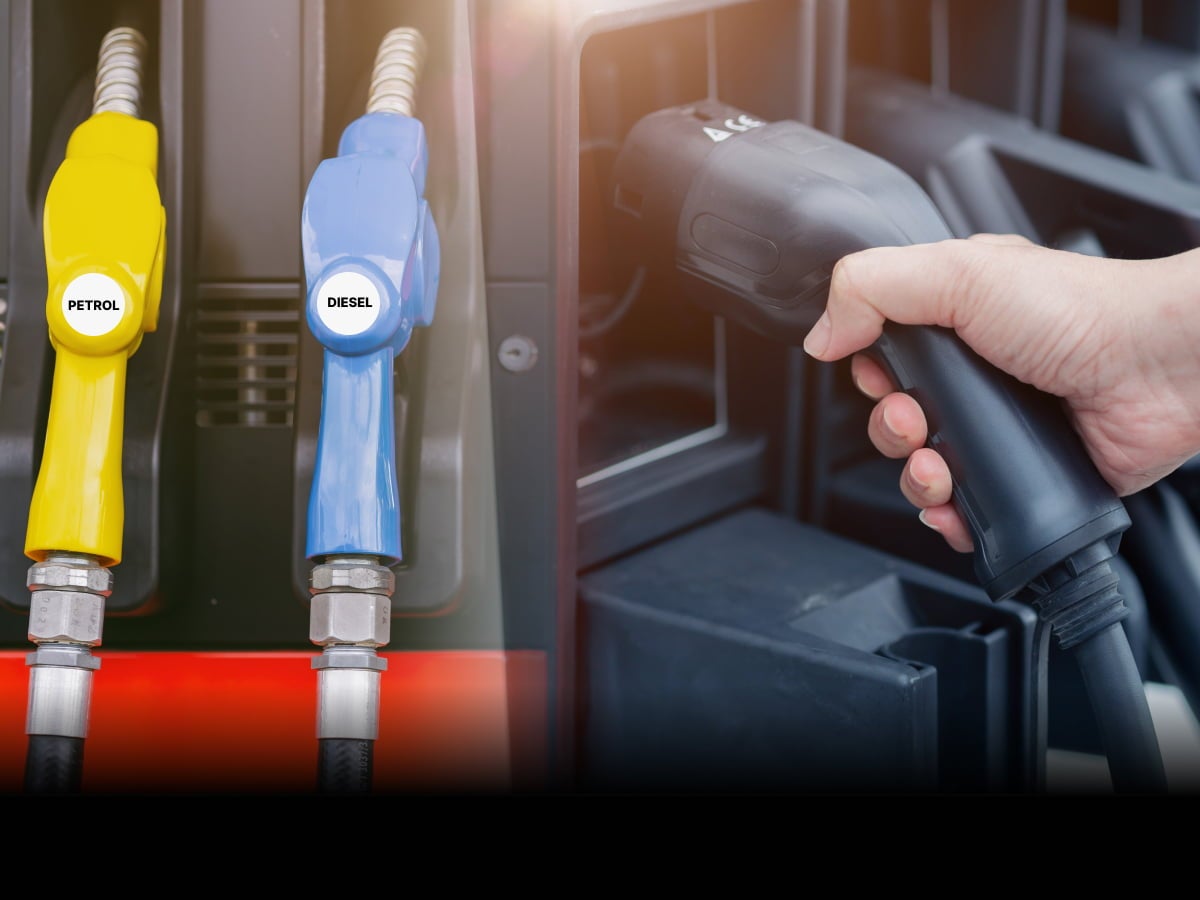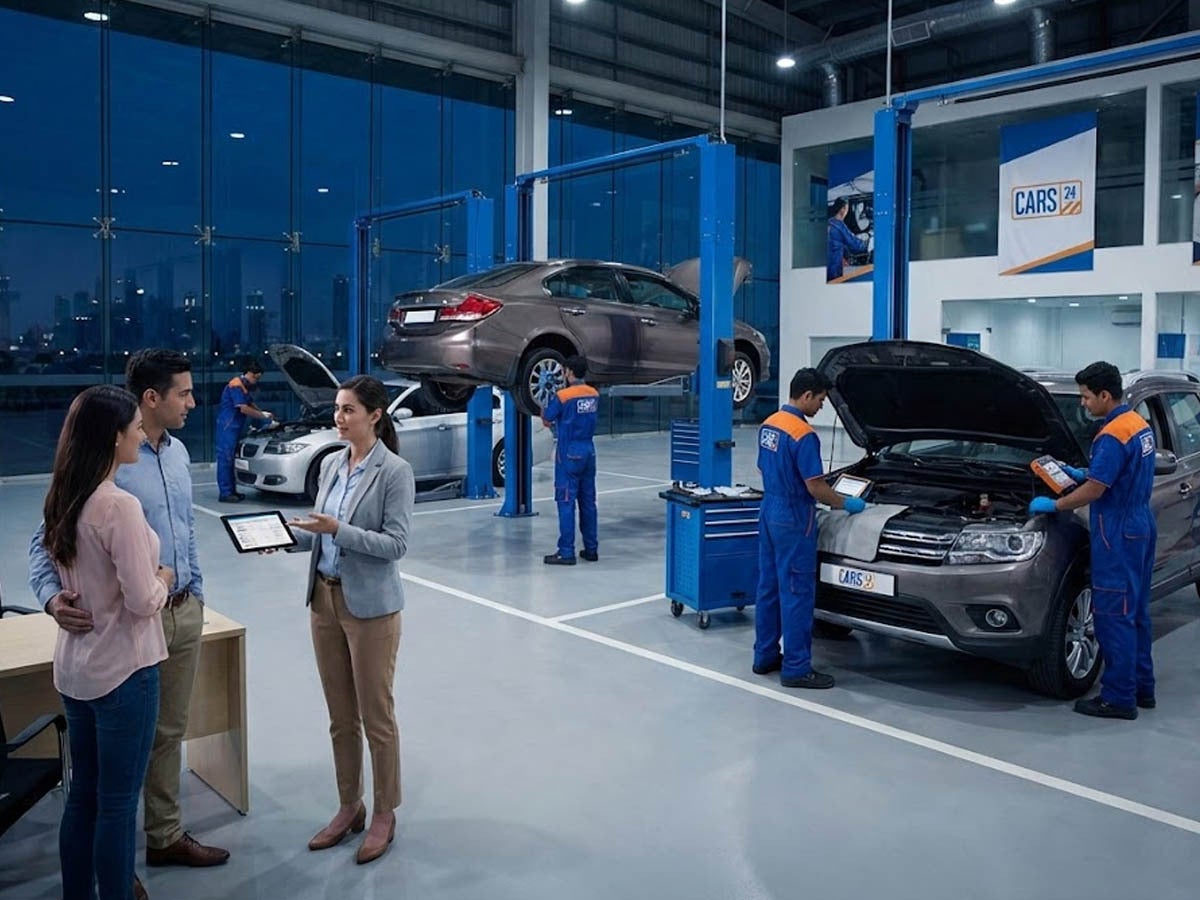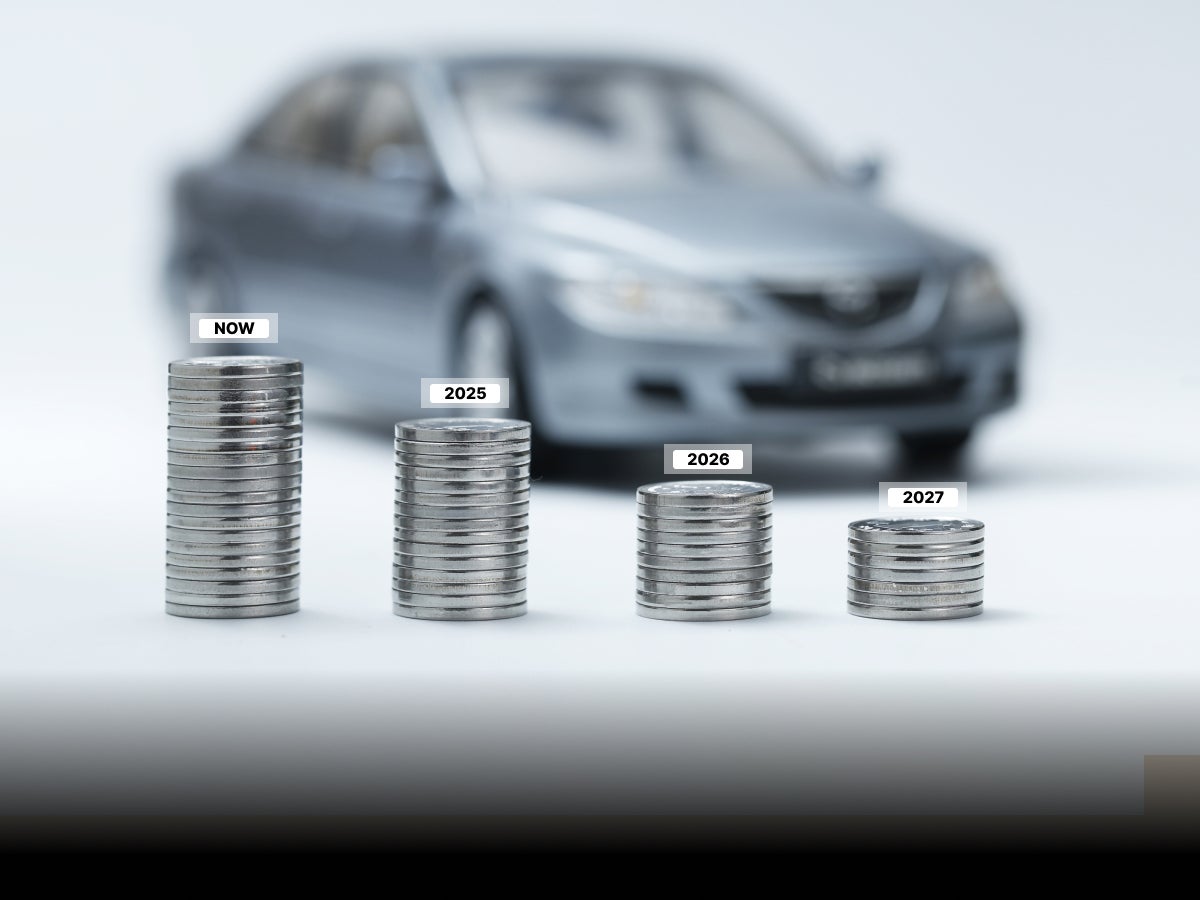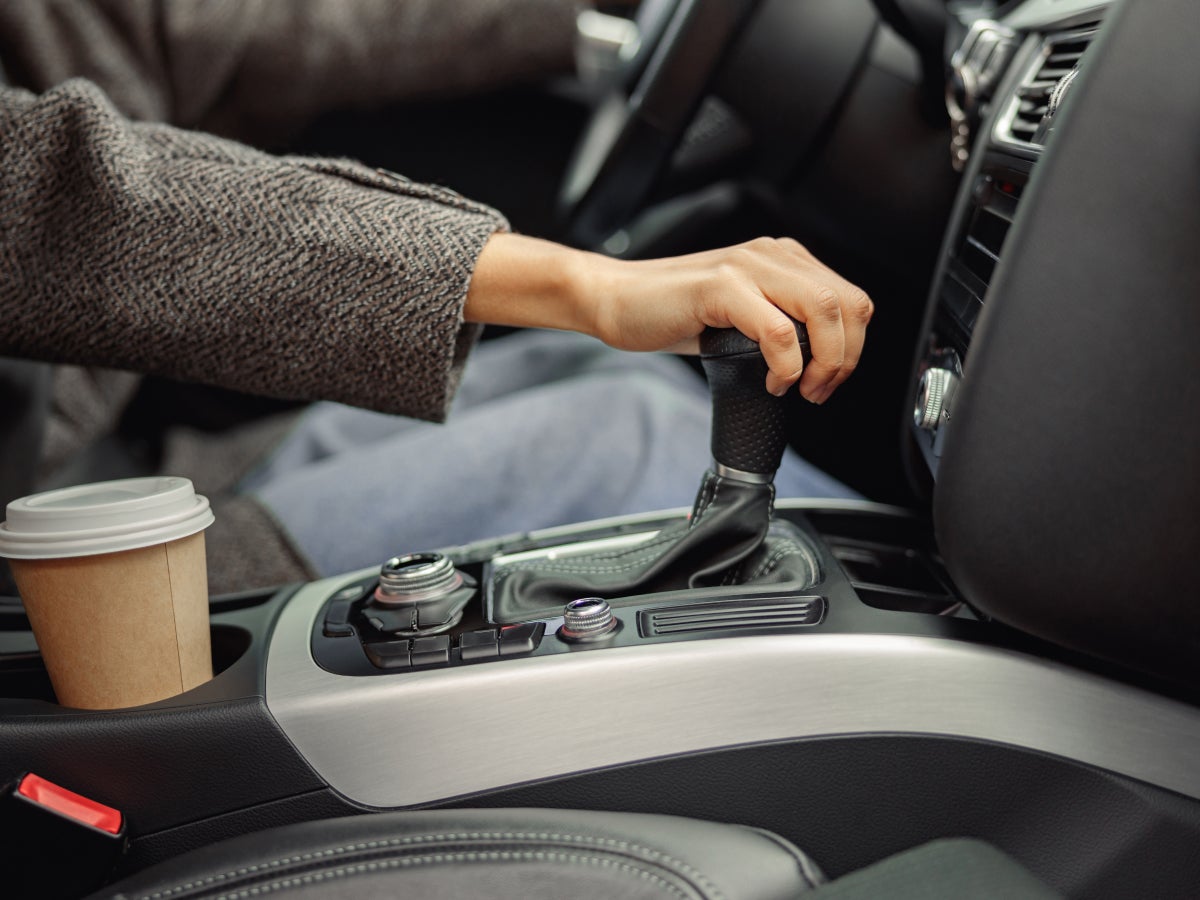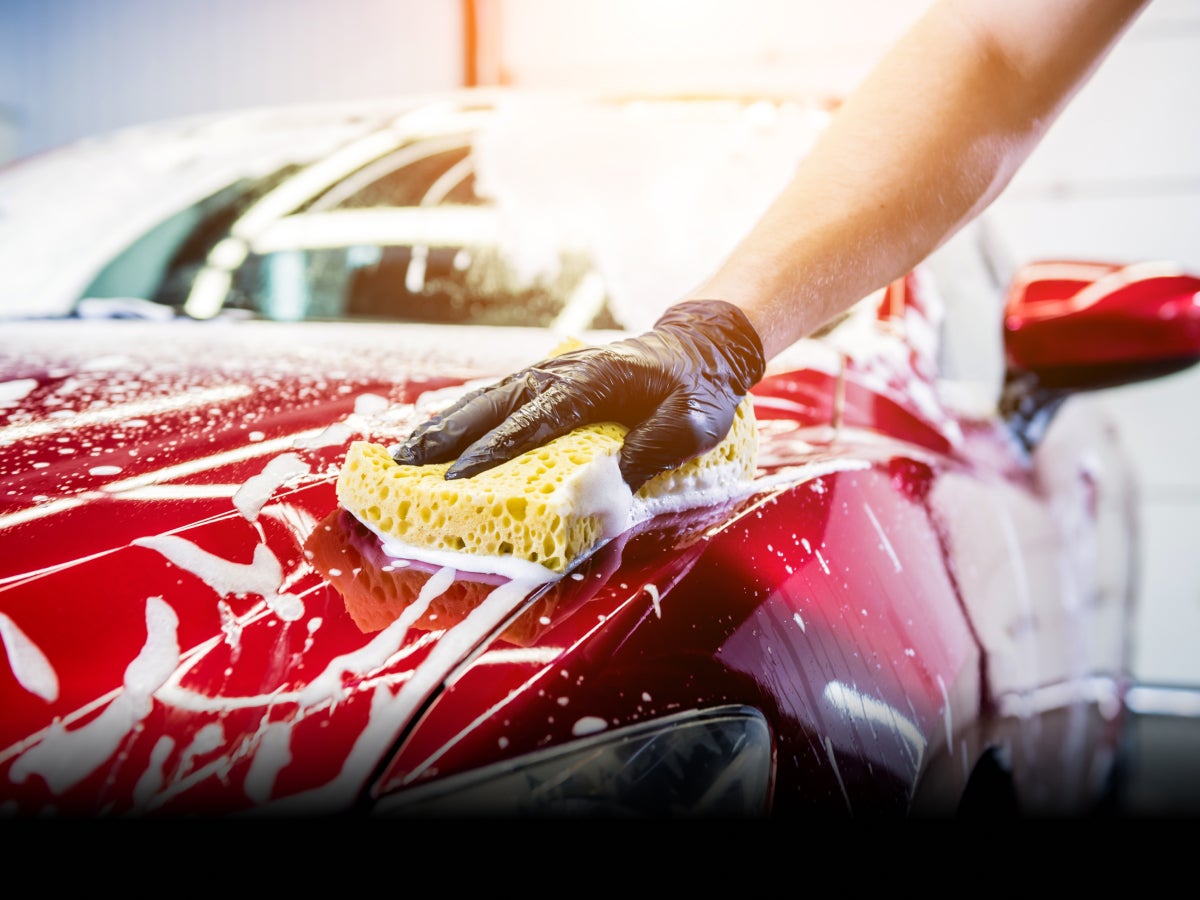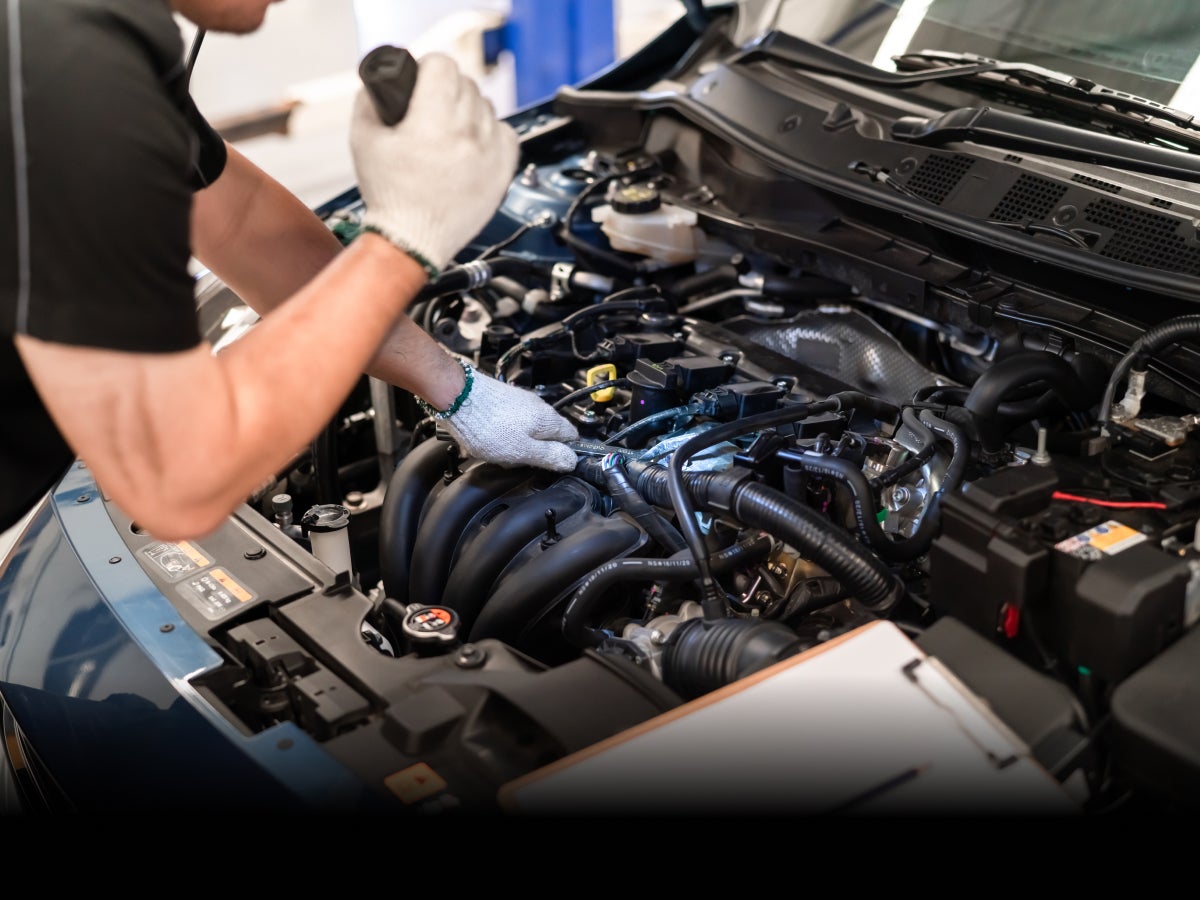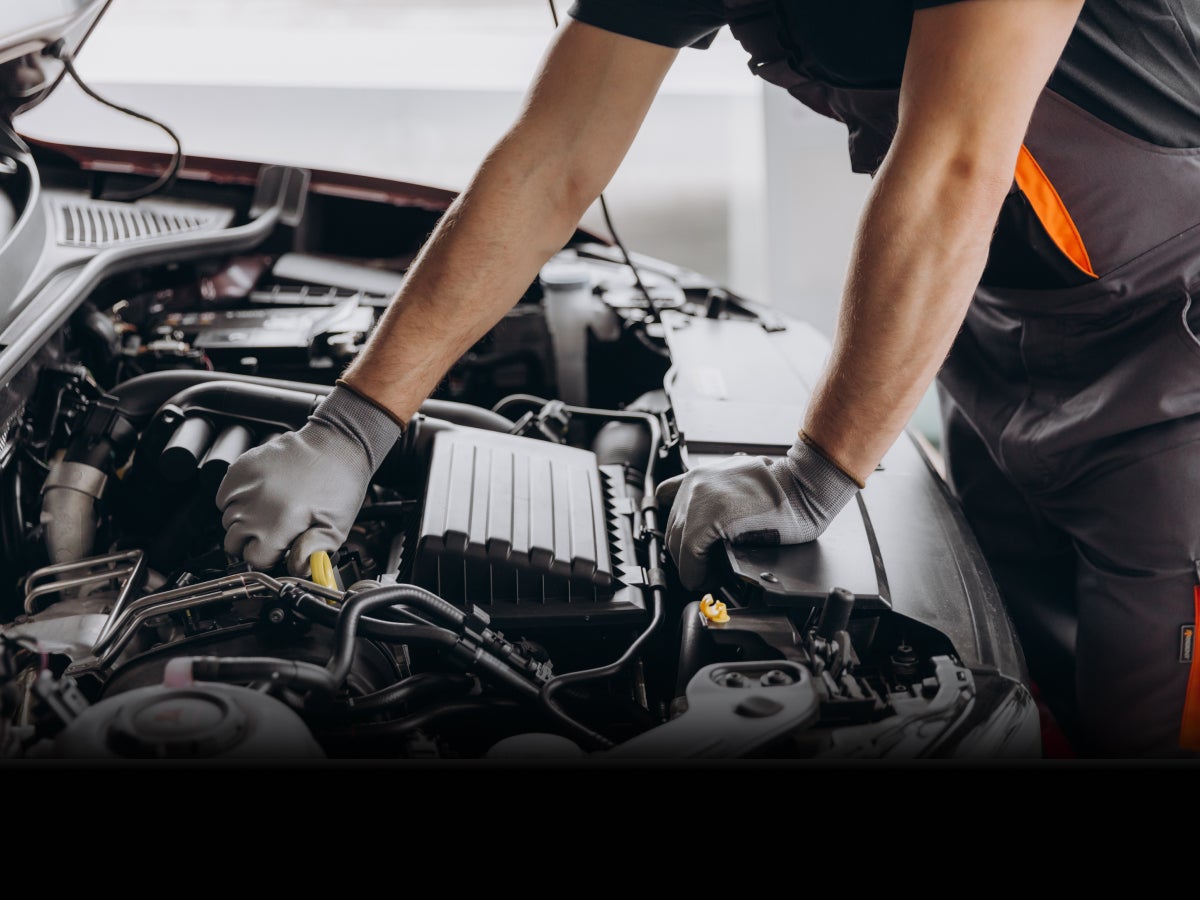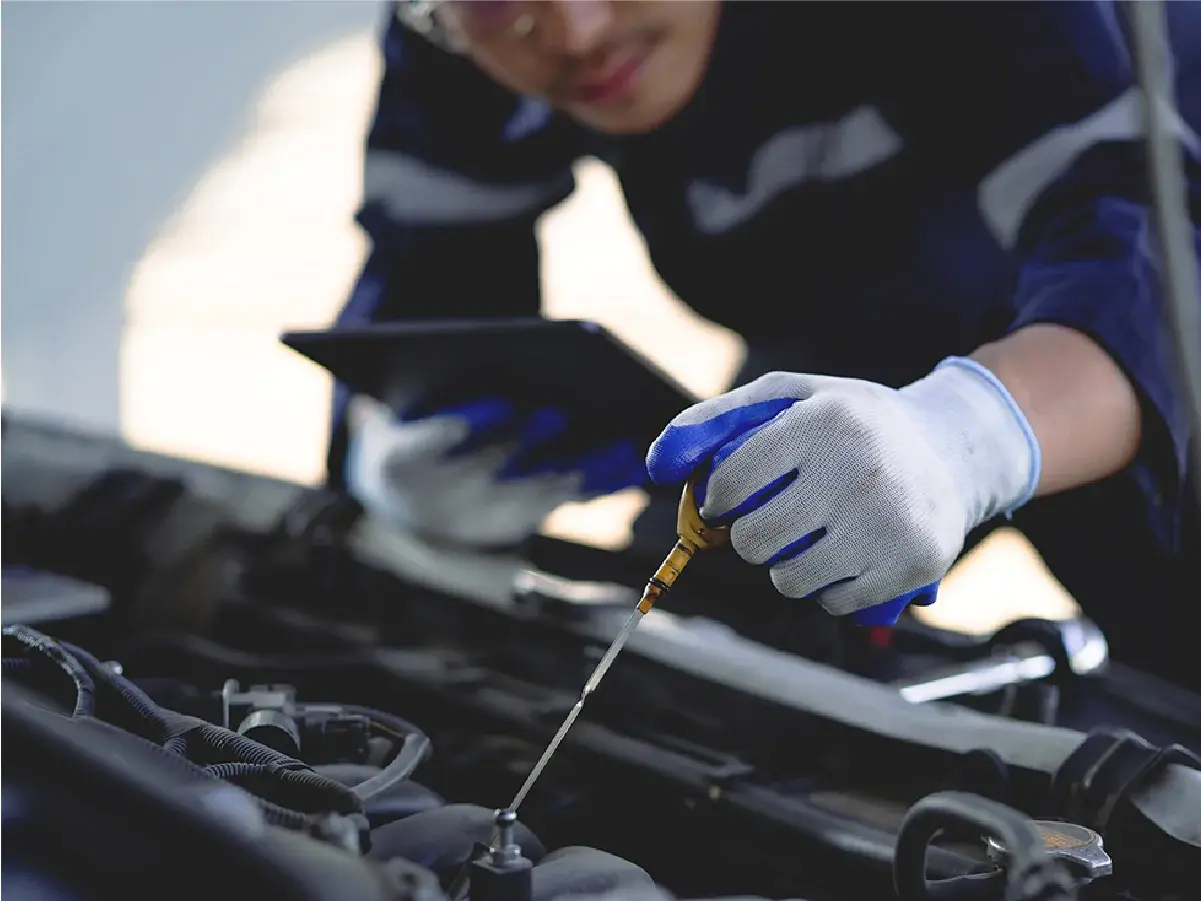

A comprehensive guide to a healthy car engine
- 1Learn how a car engine works and what keeps it healthy
- 2Self-inspect or get expert help to maintain your car engine
- 3Avoid redlining and lugging for longer car engine life
The engine is the heart of the vehicle that generates mechanical power and delivers it to the transmission to drive the wheels. The car engine is built with hundreds of components subjected to wear and tear over time. Timely engine maintenance is required to ensure smooth and efficient running.
Ignoring the need for adequate engine maintenance can lead to decreased performance, higher fuel consumption, loss of reliability, and potentially costly repairs. We explain the importance of a healthy engine, how an engine works, essential maintenance tips and preventive measures.
Understanding Your Car’s Engine and its Parts
Engine maintenance becomes easier once you understand how an engine functions. An engine has the following major sections: engine block, engine head and oil pan/sump. The engine block has cylinders, pistons, connecting rods and a crankshaft. Over the engine block is the engine head with one or two camshafts connected through the crankshaft via a timing chain. Camshafts are responsible for operating valves. Below the engine block is the oil pan/sump. All other auxiliary components are connected to the engine via belts and hoses.
How Does an Engine Work?
An engine’s job is to convert chemical energy from the fuel into mechanical power. A petrol or diesel engine generates power through the four-stroke cycle. The first stroke is the movement of the piston from top to bottom, filling the chamber with a mixture of fuel and air. In the second stroke, the fuel and air mixture is compressed.
The spark plug ignites the air-fuel mixture at the end of the second stroke. The third stroke is the power stroke, in which combustion pressure forces the piston to move down. In the fourth stroke, the burnt gases are pushed out by the movement of the piston from bottom to top. After this, the cycle repeats.
The camshaft operates the valves which control the inlet of fuel and expulsion of burnt gases. All the components need proper lubrication and cooling to function. In modern engines, fuelling and ignition are controlled by an engine control unit (ECU).
Common issues might occur during an engine's normal running. These problems include inadequate lubrication, overheating, misfiring, strange noises, etc. Each problem has a cause, and recognising these issues earlier can prevent more severe damage.
Signs Your Engine Needs Maintenance
Many warning lights on the dashboard can indicate if the engine is facing issues. Engine malfunction and low engine oil lights can illuminate if any problem arises. The temperature gauge will tell you the temperature of the coolant circulating in the cooling system. Alongside warning lights, signs like reduced pickup, lower fuel efficiency, unusual noises, and frequent overheating may indicate the need for engine maintenance.
Essential Engine Maintenance Tips
The car engine requires regular maintenance for reliable running.
Regular Oil Changes - Most cars need engine oil replacement every 10,000 km or one year, whichever comes first. Engine oil is vital for proper lubrication of the engine’s internal parts and prevents friction from metal-on-metal contact, which could lead to engine seizure.
Air Filter - The air filter prevents dirt and debris from entering the combustion chamber from the air intake system. Most cars require air filter cleaning every 10,000 km and replacement every 30,000 to 40,000 km.
Spark Plugs - Worn-out spark plugs can cause misfires and reduce engine power and fuel efficiency. Inspecting and replacing them as needed keeps your engine firing on all cylinders.
Engine Coolant - Coolant level should be adequate to keep engine temperature under control. If the coolant is low, an immediate top-up is required.
Belts and Hoses - Belts connect auxiliary systems such as the alternator, water pump, and AC compressor, so they must be checked for wear and tear. Worn-out belts can cause unexpected breakdowns.
Self-Engine Maintenance vs Professional Care
Self-Engine Inspection
The car owner can perform several engine maintenance tasks at home, such as checking the engine oil level and inspecting air filters, belts, and hoses. Self-check helps identify the condition of the car engine before planning for a visit to the professional garage.
Seek Professional Help for Car Engine Maintenance
Self-inspection of the engine requires minimal experience and basic tools. Major repairs and full-fledged engine service require significant experience and professional tools. For extensive engine maintenance, it is recommended to get the engine service performed at a well-equipped car workshop.
For complete peace of mind, you should look for certified car garages in your city. A workshop with good customer ratings and reviews will do the work satisfactorily.
Preventive Measures For Healthy Car Engine
Preventive measures will keep the car engine in good working condition and reduce wear and tear in the long term. The preventive measures are as follows:
Avoid Redlining: Redline is the maximum rpm that a car’s engine can sustain. It is marked red on the tachometer. Frequent engine redlining causes overheating of parts and also induces extreme stresses on the piston rings and bearings. Avoiding revving the engine to the red line maintains reliability.
Avoid Engine Lugging: Driving a car slowly at higher gears causes engine lugging, which puts pressure on the pistons, connecting rods and bearings. Avoid engine lugging by shifting to lower gears at low speeds.
Conclusion
A healthy car engine will give you the confidence to rely on your vehicle to travel anywhere without a doubt. Taking care of your engine will not only preserve its performance and fuel efficiency but also extend its life and prevent excessive damage in the long run. Self-inspection and timely professional engine maintenance are an investment for a reliable and enduring driving experience.
Frequently Asked Questions
Expand all

